Design Awards 2016: Best Reboot – The Met Breuer
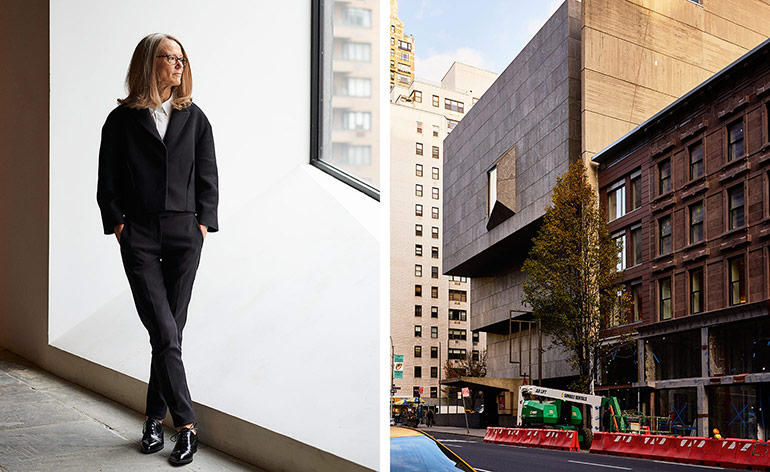
Most buildings cannot escape the awkwardness of transition. Stripped roughly on moving day, they are typically left echoing and vulnerable, littered with vestiges of past relevance and then made freshly chaotic by renovation. Marcel Breuer’s inverted pyramid, on the corner of New York’s Madison Avenue and 75th Street, takes change in its stride. Even bustling with workers, studded with ladders and tarpaulin, and free of its modular internal walls, the five-storey, flame-treated grey granite structure retains a friendly, beautifully proportioned readiness. On 18 March, the former home of the Whitney Museum of American Art will reopen to the public as The Met Breuer – earning the accolade of Best Reboot in Wallpaper's 2016 Design Awards in the process.
‘Everyone has always likened this building to a fort, with a moat – defensive, and with an aggressive relationship to the street,’ says Sheena Wagstaff, chairman of the Metropolitan Museum of Art’s modern and contemporary art department. ‘In fact, it’s the opposite.’ She points to the lower level, which is being returned to its original purpose as a ‘sunken garden’, and the glass that spans the lower floors, interrupted only by the concrete bridge leading to the entrance. ‘It’s a sculptural form above, but it has this transparency below.’
With fond memories of the building from her time as a fellow in the Whitney’s Independent Study Program in 1982, Wagstaff, formerly chief curator of Tate Modern in London, is savouring the opportunity to reveal not only lost details of the structure but also Breuer’s design intentions. The Hungarian-born, Bauhaus-trained architect described the stepped-back façade as ‘a surprise in the cityscape’, with its overhanging galleries meant to be inviting rather than forbidding. ‘Outside, it is expression; inside, only proportion,’ Breuer told a reporter at the 1966 opening. ‘It stands back and lets you see the pictures.’
Wagstaff and her team at the Met, which has custody of the Whitney-owned building for the next eight years (with the possibility of extending the agreement in 2023), are both standing back and leaning forward. ‘All we’re really doing is cleaning up the space – being as sincere as we can, and as meticulous,’ says Wagstaff of the restoration work overseen by Beyer Blinder Belle. The original clock has been reset into the lobby wall and concrete benches have been uncovered, bronze is being restored of its glow without sacrificing patina, and the flagstone floors are being unvarnished. ‘What you end up seeing is a building that has an unbelievable array of different types of textures and colours. It’s a very sensual building,’ she explains. ‘This gives the lie to brutalism. So we’re having fun with this.’
And come March, they’ll be more than pictures to see. With some 28,000 sq ft of display space, the Met Breuer will be home to a new series of exhibitions, performances, artist commissions, residencies, and educational initiatives, all led by Wagstaff as part of her charge to invigorate and globalise the museum’s approach to art of the 20th and 21st centuries. (Meanwhile, David Chipperfield is developing a new design for the Met’s wing for modern and contemporary art on Fifth Avenue.) ‘The Breuer building allows us to explore the possibilities of what we as the Met can do that no other museum of modern and contemporary art can do,’ she says, ‘which is to provide the true historic context for artistic practice nowadays.’
The two inaugural exhibitions will be: a major thematic survey of 190 unfinished works of art, entitled ‘Unfinished: Thoughts Left Visible’, spanning Titian to Twombly, Rembrandt to Rauschenberg; and the more intimately scaled monographic exhibition (but the largest-to-date) of the work of Indian modernist artist Nasreen Mohamedi, who died in 1990 at the age of 53. Her drawings and photographs will occupy opposing axes, in line with the building’s coffered concrete ceiling. ‘It’s a simple but clear installation that responds to the building, because her work is full of grids and also dynamic diagonals that come out of a number of different sources, including Lissitzky and Malevich, but also Islamic patterning,’ says Wagstaff. ‘So it’s a combination of East and West.’
The Met’s first resident artist, composer and pianist Vijay Iyer, will occupy the lobby gallery for the month of March, performing solo and with collaborators. ‘We’ll get a broad cross-section of unsuspecting people wandering in – tourists, students, families,’ he predicts. ‘So we’ll have to constantly reestablish and reactivate the relationship between performer and observer.’ Iyer has also been commissioned to create a piece inspired by the work of Mohamedi, whose work he lauds for its ‘economy of means, mysterious lines, spaces and patterns, focus, clarity, and elegance’.
As Breuer’s building prepares to welcome new generations of visitors and artists under new institutional auspices, Wagstaff has an idea as to how it has managed to deftly integrate expression and proportion, public and private, vitality and profundity. ‘No matter how experimental his buildings became when he was in the US, Marcel Breuer cleaved to the essential Bauhaus principles of good design,’ she says, ‘and to the idea that art is embedded in life.’
As originally featured in the February 2016 issue of Wallpaper* (W*203)

See the Design Awards 2016 in full – including our extra-special Judges' Awards - here

Breuer described his building, completed in 1966, as a ’surprise in the cityscape’

Pictured left: Wagstaff on the concrete bridge leading to the entrance. Right: another view of the famous trapezoidal window
INFORMATION
For more information, visit The Met Breuer’s website
Photography: Adrian Gaut
ADDRESS
The Met Breuer
945 Madison Avenue
New York, NY 10021
Receive our daily digest of inspiration, escapism and design stories from around the world direct to your inbox.
Stephanie Murg is a writer and editor based in New York who has contributed to Wallpaper* since 2011. She is the co-author of Pradasphere (Abrams Books), and her writing about art, architecture, and other forms of material culture has also appeared in publications such as Flash Art, ARTnews, Vogue Italia, Smithsonian, Metropolis, and The Architect’s Newspaper. A graduate of Harvard, Stephanie has lectured on the history of art and design at institutions including New York’s School of Visual Arts and the Institute of Contemporary Art in Boston.
-
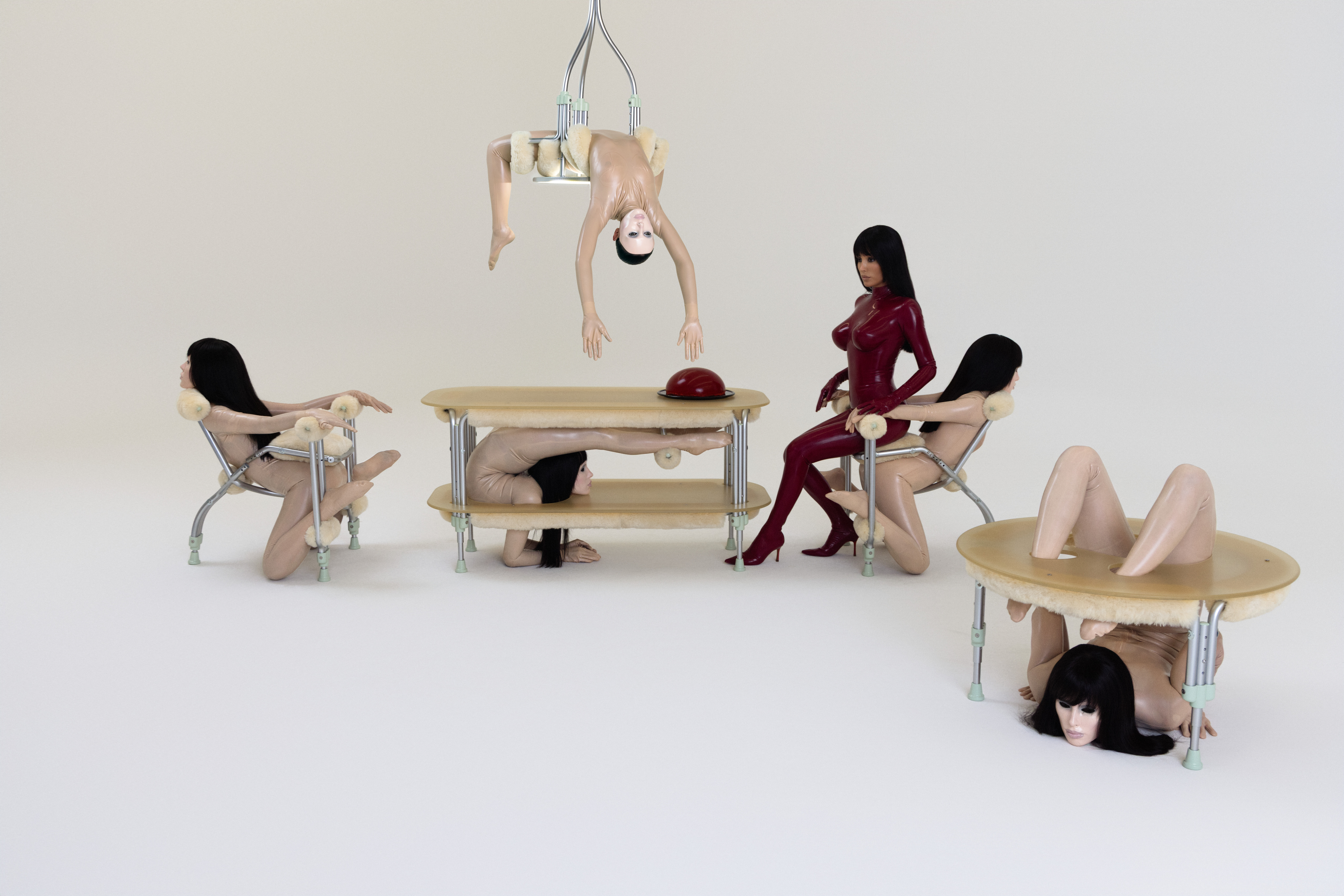 Eight questions for Bianca Censori, as she unveils her debut performance
Eight questions for Bianca Censori, as she unveils her debut performanceBianca Censori has presented her first exhibition and performance, BIO POP, in Seoul, South Korea
-
 How to elevate a rental with minimal interventions? Charu Gandhi has nailed it with her London home
How to elevate a rental with minimal interventions? Charu Gandhi has nailed it with her London homeFocus on key spaces, work with inherited details, and go big on colour and texture, says Gandhi, an interior designer set on beautifying her tired rental
-
 These fashion books, all released in 2025, are the perfect gift for style fans
These fashion books, all released in 2025, are the perfect gift for style fansChosen by the Wallpaper* style editors to inspire, intrigue and delight, these visually enticing tomes for your fashion library span from lush surveys on Loewe and Louis Vuitton to the rebellious style of Rick Owens and Jean Paul Gaultier
-
 Mac Collins honoured with Design Museum’s inaugural emerging designer prize
Mac Collins honoured with Design Museum’s inaugural emerging designer prizeThe Design Museum announces British designer Mac Collins as the recipient of the Ralph Saltzman Prize, a new annual accolade to celebrate and support emerging designers
-
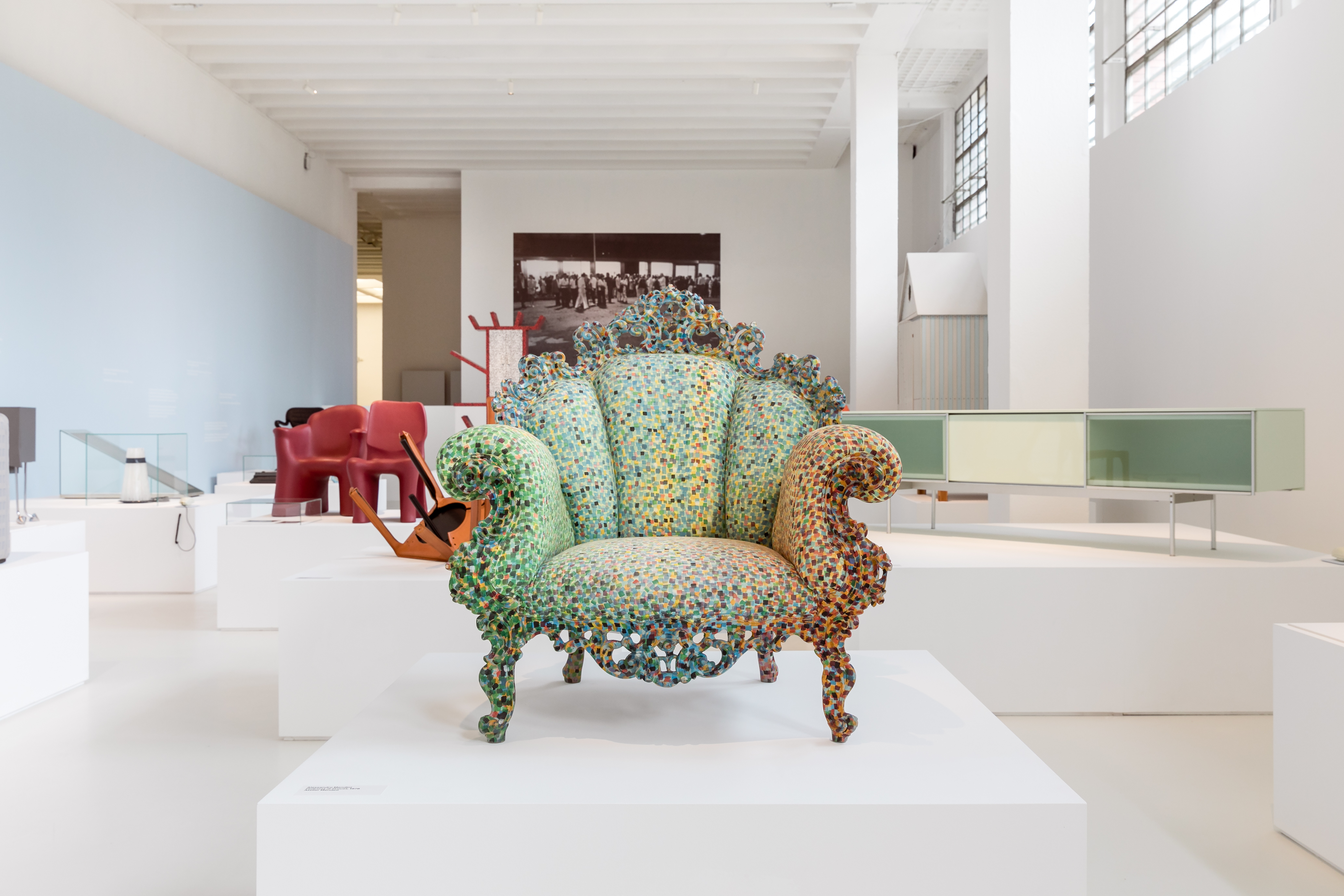 Wallpaper’s Marco Sammicheli appointed Triennale Design Museum Director
Wallpaper’s Marco Sammicheli appointed Triennale Design Museum DirectorThe design critic and curator has been at Wallpaper* since 2017, and part of the Triennale team during this time. He will now oversee and grow the Italian institution’s design collections
-
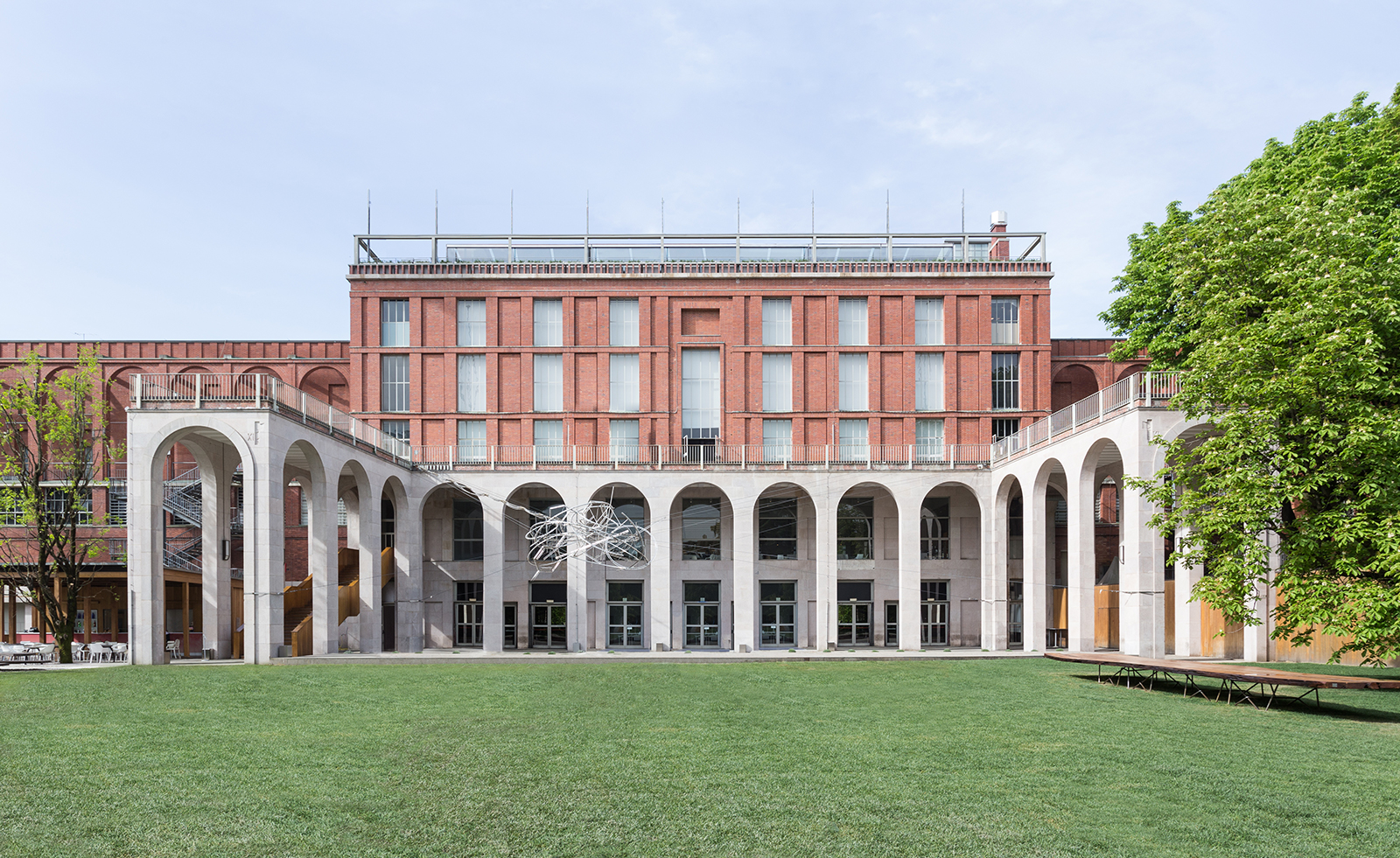 Stefano Boeri on his plans for the Triennale Design Museum and transforming the institution into a ‘major cultural hub’
Stefano Boeri on his plans for the Triennale Design Museum and transforming the institution into a ‘major cultural hub’We talk to Triennale president Stefano Boeri on his plans for the Milanese institution, including the Triennale Design Museum and the development of a new cultural hub
-
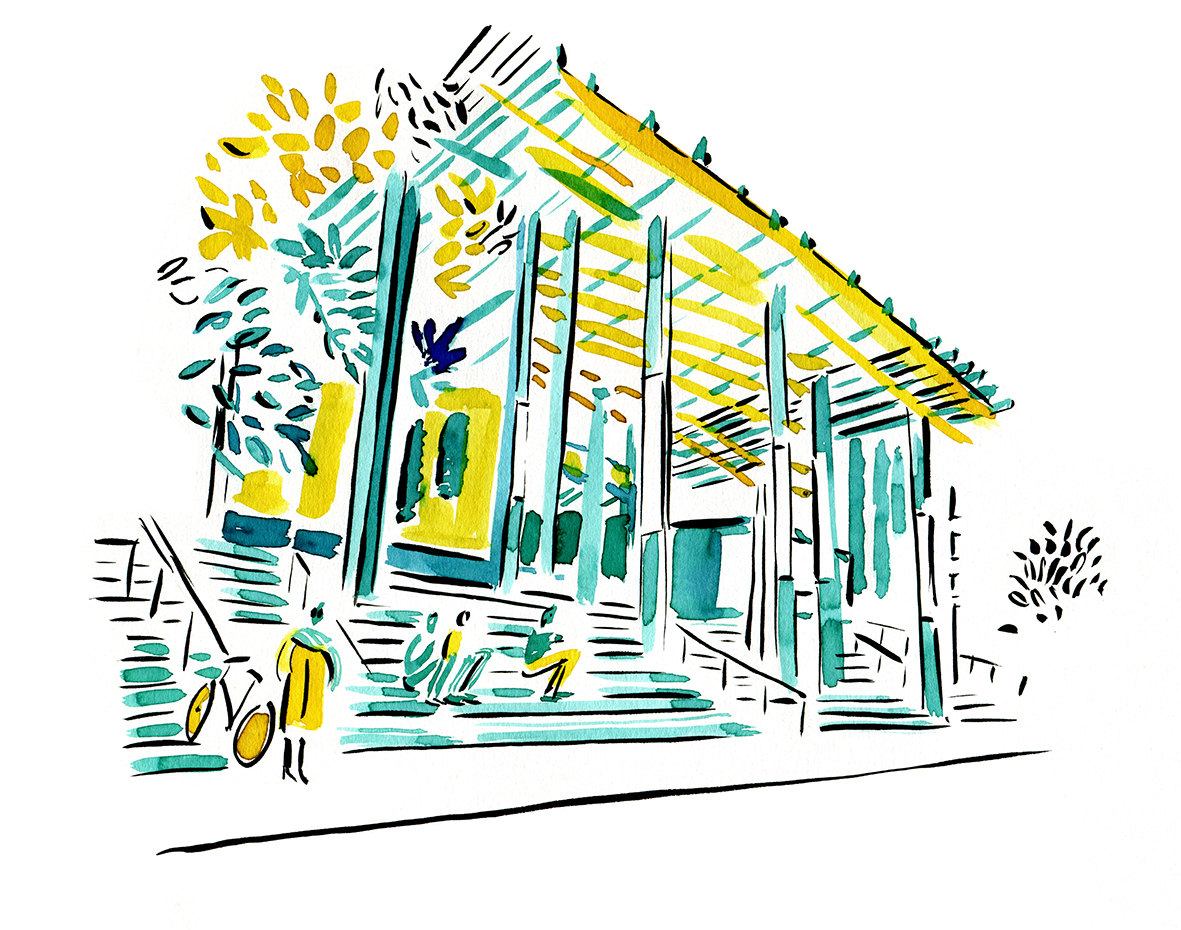 Miami by Design: PAMM
Miami by Design: PAMM -
 Full of wonder: LucienneRoberts+ and Universal Design Studio bring graphene to life
Full of wonder: LucienneRoberts+ and Universal Design Studio bring graphene to life -
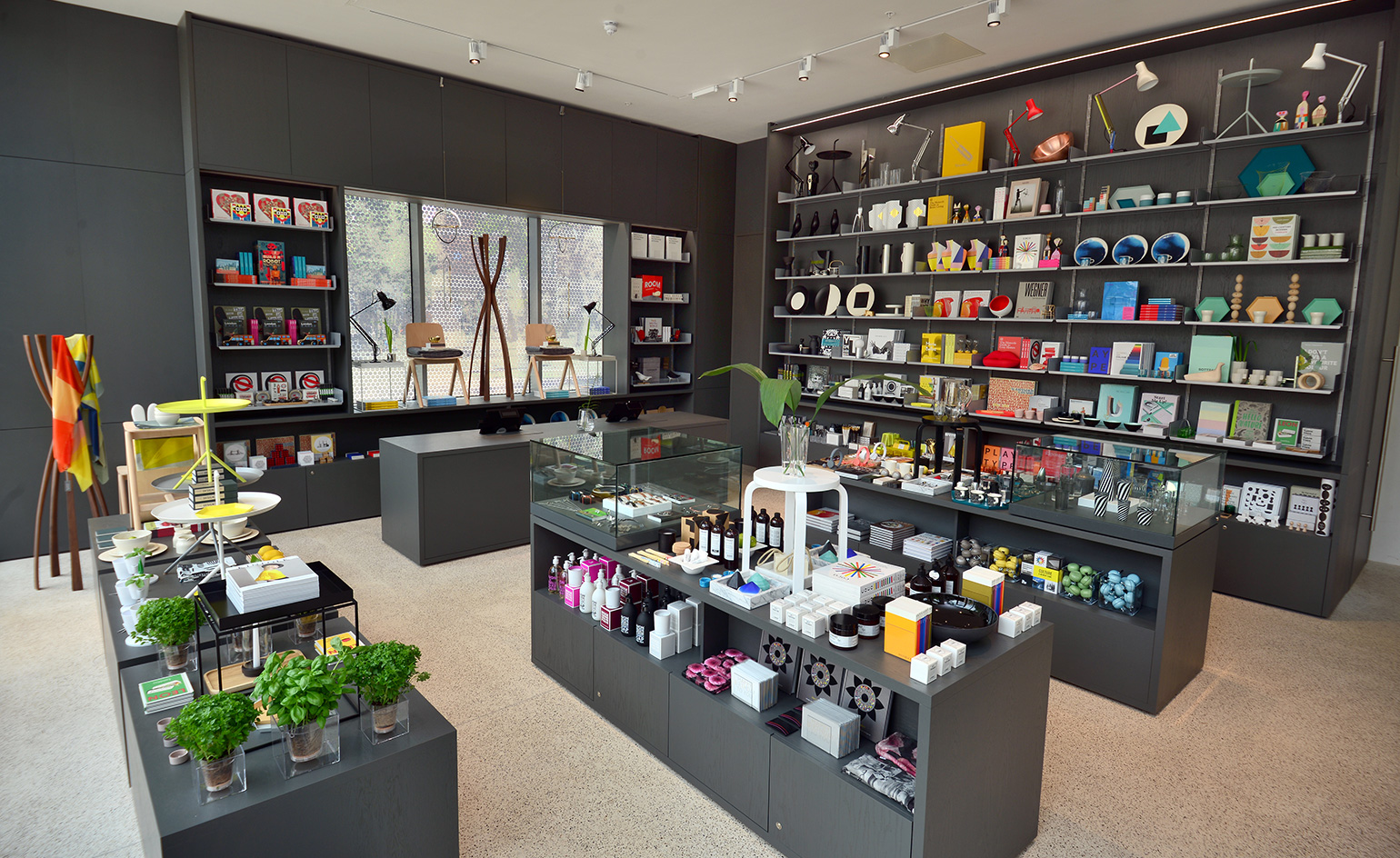 Small wonder: London’s new Design Museum opens its bijou boutique
Small wonder: London’s new Design Museum opens its bijou boutique -
 Sold!: Sir Jony Ive creates unique Apple wares for Design Museum auction
Sold!: Sir Jony Ive creates unique Apple wares for Design Museum auction -
 Neu look: KMS Team redesign Staatsgalerie’s visual identity
Neu look: KMS Team redesign Staatsgalerie’s visual identity